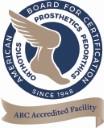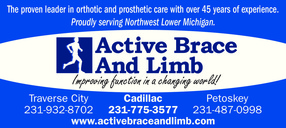Cerebral Palsy Symptoms-Treatment
What are the Treatments?
Treatment is based on the person's symptoms and the need to prevent complications.
- What is Cerebral Palsy?
Cerebral Palsy is a condition that can involve brain and nervous system functions such as movement, learning, hearing, seeing, and thinking. There are different types of Cerebral Palsy, including spastic, dyskinetic, ataxic, hypotonic, and mixed.
What are the symptoms?
Symptoms are usually seen before a child is 2 years old.
Symptoms of spastic cerebral palsy, the most common type, include: - Muscles that are very tight and do not stretch. They may tighten up even more over time.
- Abnormal walk (gait): arms tucked in toward the sides, knees crossed or touching, legs make "scissors" movements, walk on the toes
- Joints are tight and do not open up all the way (called joint contracture)
- Muscle weakness or loss of movement in a group of muscles (paralysis)
- The symptoms may affect one arm or leg, one side of the body, both legs, or both arms and legs
What are the Treatments?
Treatment is based on the person's symptoms and the need to prevent complications.
- Getting enough food and nutrition
- Keeping the home safe
- Performing exercises recommended by the health care providers
- Practicing proper bowel care (stool softeners, fluids, fiber, laxatives, regular bowel habits)
- Protecting the joints from injury
- Glasses
- Hearing aids
- Muscle and bone braces
- Walking aids



